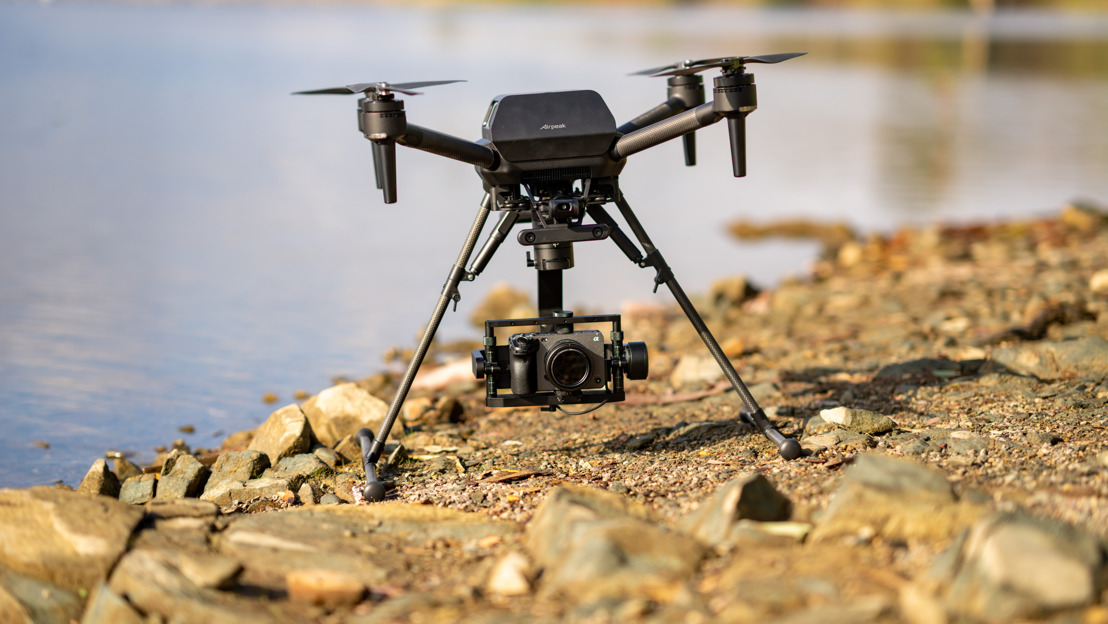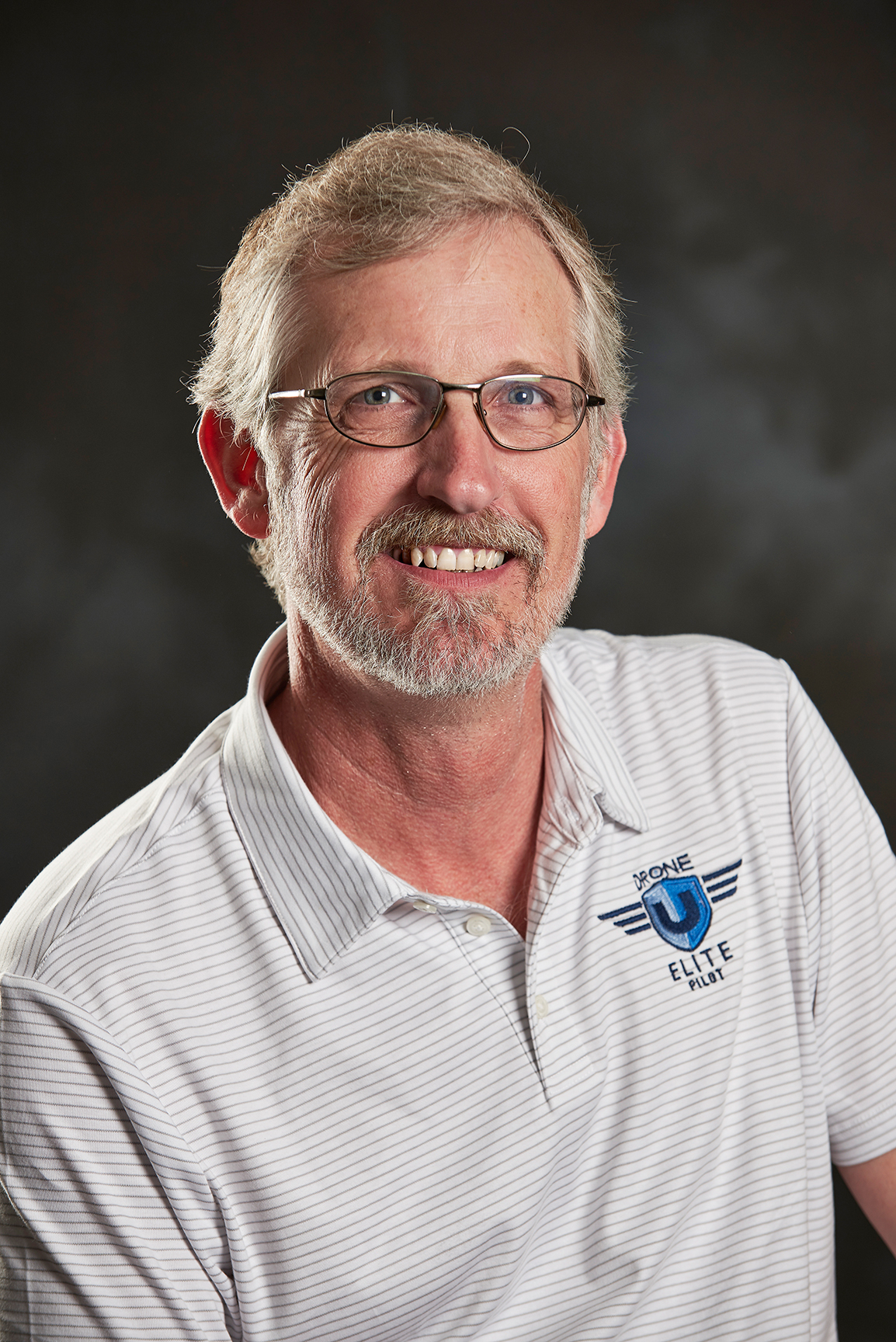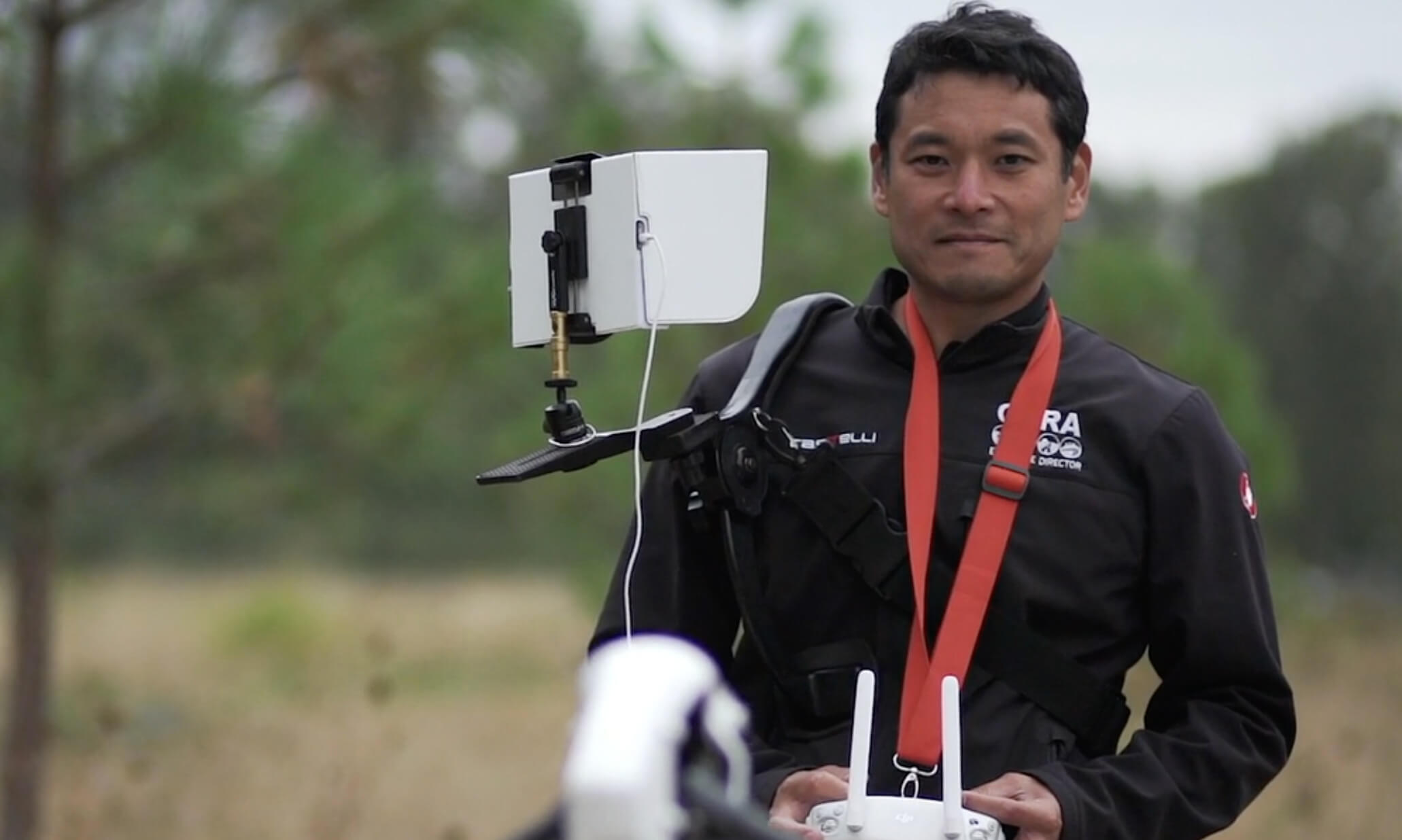SMPTE Explores Hollywood’s Drone Potential
Advancing drone technology depends on legal, regulatory issues

HOLLYWOOD—Although drones have been an important part of film and television production over the past decade, the media & entertainment industry is looking to federal and state governments to help move the technology forward with improved guidance and regulation.
“We know regulation is coming, regulation has to happen, the industry’s too new not to be regulated,” said Vic Moss, COO and vice president of DSPA (Drone Service Providers’ Alliance) and owner of Moss Photography in Lakewood Colo. Moss was part of a SMPTE Hollywood webinar in October that provided a revealing glimpse into the state of drone technology and artistry.
FAA PART 107
A major element to drone regulation centers around the Federal Aviation Administration Part 107, detailing rules and regulations for small unmanned aircraft systems. Panelists agreed on the importance of having a licensed drone pilot on the shoot, and to have insurance.
“Why do I want to work with 107?” asked Moss. “The main reason is not the FAA that you’re going to have to worry about. The last thing you’re going to want to do is fly without insurance, or fly with somebody who doesn’t have a 107 [license], and have an incident.

“If they don’t have a 107, and are flying without insurance, it’s going to fall on the insurance for the production company, and they are going to deny it,” Moss continued. “I can promise you the fact that they’re going to deny any claim because that’s an illegal flight. So if you have somebody on the set with a drone, make sure they have a 107 [license] and have their own insurance.”
Kenji Sugahara, chief pilot and co-founder of A-Cam Aerials, pointed to the safety record drones have in the entertainment industry. “The last time I talked to Global, which is one of the primary insurers, there have been incidents, but no fatalities. Drones have a very good safety record.”
“There are drones that are coming out with parachutes, so if something goes haywire in the air, the parachute will deploy and make sure that nobody on the ground is hurt, Sugahara continued. They’re coming out with drones that are ‘frangible,’ which means when they impact with somebody, that they will just fall apart. There are also anti-collision sensors on many drones that are out there now.”
Get the TV Tech Newsletter
The professional video industry's #1 source for news, trends and product and tech information. Sign up below.

GIVE IT YOUR BEST SHOT
The discussion then turned to when a drone is the best solution for a particular shot, and when a different cine tool might be better.
“When drones started to get popular, everyone got a little trigger happy and started using drones for everything,” said Christopher Alvarez, licensed drone pilot and resident editor/cinematographer of creative services at The American Film Institute.
“But the one benefit I love [about drones] is the maneuverability. You’re able to go up and down, left and right at the same time. You’re able to mess with the axis, and get shots that you wouldn’t otherwise be able to, and wrap yourself around the subject in ways I wouldn’t have been able to before.”
Mark Bender of Mark Bender Aerials compared drones to Steadicam: ”It’s almost the same discussion. ‘This isn’t appropriate for a Steadicam, we’re going to need five takes, I can tell you that right now. Why don’t we get a proper dolly, and we’ll get in one or two takes?’”
He noted that there are solutions such as composite drone work, “which is partially handheld, and then a takeoff is initiated.”
SONY’S AIRPEAK DRONE
Representatives from Sony Electronics discussed the company’s new Airpeak drone system, which was unveiled virtually at the 2021 International CES. A drone R&D team from Japan visited the Sony Hollywood lot several times, where they were able to demonstrate prototypes and talk with content creators and drone pilots about their needs.
Airpeak drones are built to carry Sony’s mirrorless Alpha series cameras. “[The Alpha cameras] are able to do S-Log3 gamma curve, which is the same gamma curve that the Venice [camera] can do,” said Daniel De La Rosa, vice president of Post Production for Sony Pictures Entertainment.
Airpeak utilizes a lot of the technology that Sony’s built over the years, said Gabriel Johnson, senior product marketing manager for mobile communications and Airpeak Drones for Sony Electronics. “[While the company’s imaging and image processing are well known] probably lesser known is the AI robotic technology,” Johnson said. “We’ve had a lot of these core technologies that we’ve built over the years, and now we’re able to put them into the air.”
Sony’s Alpha cameras provide a range of capabilities depending on what the content creator wants to shoot.
“If you’re in need for high-quality video, slow-mo video, you want resolution, sensitivity, speed, whatever it is, we can fulfill it with our Alpha system camera line,” Johnson said. “And then with the Alpha lenses you’ve got a whole host of high quality lenses to choose from as well.”
He pointed out that early on, Airpeak’s developers assumed the drone operator would want all controls to go to a single pilot/cinematographer, but then they got feedback by which they learned the users might often want dual operators.
Moss offered this good citizenry piece of advice to close the SMPTE Hollywood virtual meeting: “Every time you’re in the air, you’re an ambassador for the drone industry.”
